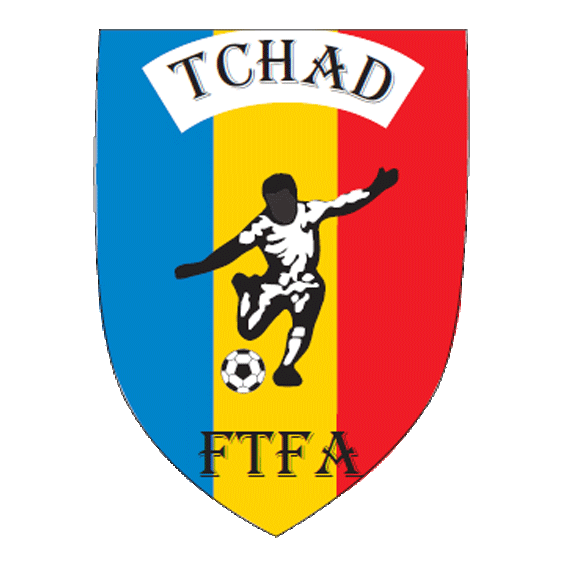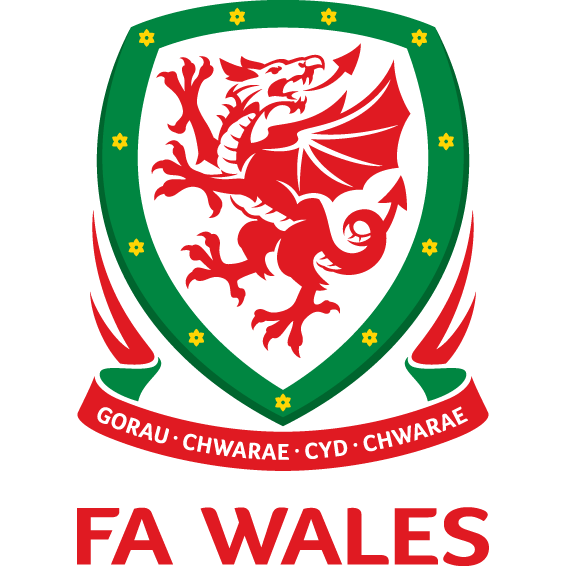
Women’s Transfer Record History: The Most Expensive Players in Women’s Football
A Record That Refuses to Stand Still
In football, few things are as symbolic of growth as a transfer record. For decades, the men’s game saw sums spiral from tens of thousands to hundreds of millions. Now, the women’s game is going through its own boom, and the rise has been just as breathtaking — though the context and meaning carry a different weight.
When Pernille Harder joined Chelsea from Wolfsburg in 2020, her move for around €350,000 was hailed as groundbreaking. At the time, it felt like women’s football was breaking free from the shackles of small-scale deals, stepping into a new financial era. Yet, just five years on, Harder’s once-historic transfer doesn’t even crack the top 20.
That is how rapidly the landscape has shifted. In 2025 alone, the world record was broken three times, each move smashing the ceiling only to see it raised again within months.
Keira Walsh: The First Domino
.jpg?auto=webp&format=pjpg&width=3840&quality=60)
Keira Walsh Barcelona Women 2024-25
For a long time, it was Keira Walsh’s move to Barcelona in 2022 that symbolised the surge. When the Lionesses midfielder swapped Manchester City for Catalonia, she became the most expensive player in women’s football history, with Barça paying £400,000 (€470,000) for her services.
That deal was significant not just for the fee, but for what it represented: Europe’s elite clubs were no longer just investing in talent development — they were willing to pay premium prices for ready-made world-class players.
Walsh repaid the faith in style. Two Champions League titles, multiple league crowns, and a cabinet full of medals later, she returned to England in January 2025 to join Chelsea. That deal, packed with add-ons and bonuses, eventually swelled to around €850,000 (£714,000/$884,000) — and once again, she was part of a record-breaking conversation.
From NWSL to the World Stage
One of the most intriguing aspects of the new transfer boom is how the NWSL has positioned itself as a power broker. For years, the American league was seen as an outpost for top internationals and a development ground for U.S. stars. Now, it is actively shaping the global market.
Take Racheal Kundananji’s move to Bay FC in early 2024. The Zambian forward became the most expensive player in history when the expansion side shelled out $862,000 (£685,000) to sign her from Madrid CFF. Within weeks, that record was threatened by her compatriot Barbra Banda, whose move to Orlando Pride for $740,000 (£582,000) showed just how aggressively NWSL clubs were prepared to spend.
But the real statement came in January 2025, when Naomi Girma, one of the brightest defensive talents in the world, joined Chelsea from San Diego Wave. At £883,000 ($1.1m), she became the first million-dollar player in the women’s game.
That status, however, was short-lived.
Olivia Smith and Arsenal’s Gamble

Olivia Smith Arsenal
By the summer of 2025, Arsenal were desperate to push themselves back to the top of English football. Their answer was Olivia Smith, the 20-year-old Canadian forward who had tormented them in an FA Cup clash earlier that season while playing for Liverpool.
The Gunners didn’t just buy talent; they bought potential history. Smith became the first million-pound player in women’s football, costing over £1m (€1.2m/$1.3m). For weeks, her name topped the charts, a marker of Arsenal’s ambition and women’s football’s accelerating growth.
And yet, even that record wasn’t safe.
Lizbeth Ovalle and Orlando’s Big Swing

Tigres UANL v America – Playoffs Torneo Apertura 2024 Liga MX Femenil
Just a month later, the Orlando Pride stunned the sport with a move that underlined how serious U.S. clubs are about being at the forefront of this financial revolution.
They paid $1.5m (£1.1m/€1.4m) to bring Lizbeth Ovalle from Tigres, making her the most expensive women’s footballer in history. Ovalle, long courted by the giants of Europe — Barcelona, Chelsea, Arsenal, and both Manchester clubs — instead chose Orlando, a decision that not only reshaped her own career but sent shockwaves through the market.
The Pride had already tasted NWSL glory with Barbra Banda, and Ovalle’s arrival was seen as a signal: Orlando want to be the dominant force both on and off the pitch.
The Rising Stars: Tarciane, Kika, and Yohannes
While the headline-grabbing transfers focus on the million-pound marks, some of the younger rising stars also highlight how deep the market is becoming.
-
Tarciane, the towering Brazilian centre-back, made headlines twice — first in April 2024 when she joined Houston Dash for around $485,000, and then again less than a year later when Lyon swooped in with $960,000, briefly making her the second-most expensive player in history.
-
Kika Nazareth, widely regarded as Portugal’s brightest young talent, left Benfica for Barcelona in 2024 in a deal worth just under €500,000. Still only 21, her ceiling remains enormous.
-
Lily Yohannes, just 18, swapped Ajax for Lyon in 2025 for €450,000 (£390,000) after lighting up the Champions League. Her move proves that clubs are not only spending big on proven stars, but also on teenagers with the potential to dominate the next decade.
Lesser-Known Deals That Still Shocked
Not every transfer on the list involved global superstars. Some names raised eyebrows precisely because they weren’t household figures yet.
One such case was Lucia Corrales, who left Barcelona for newly-promoted London City Lionesses in 2025 after the WSL side activated her €540,000 (£470,000/$628,000) release clause. Few had seen it coming, but the backing of billionaire Michele Kang ensured the Lionesses could flex muscles beyond their reputation.
Another was Priscila’s move from Internacional to Club América in 2024, a deal worth nearly $500,000 that brought one of Brazil’s brightest young forwards to Mexico — and proved that Liga MX Femenil intends to be part of this financial revolution too.
What It All Means
The numbers tell a clear story: the financial landscape of women’s football has exploded in just five years. What was once considered eye-watering money is now mid-table. Records are falling faster than ever, and clubs across Europe, North America, and beyond are jostling for position.
But the deeper meaning goes beyond economics. Each transfer is also about visibility, ambition, and validation. For decades, women’s footballers fought simply for the right to play, then for professionalisation, then for fairer conditions. Now, as fees climb into the millions, the game is entering a new era of mainstream legitimacy.
As one agent put it after Ovalle’s move: “When you see a £1.1m fee for a women’s player, it changes the way the whole sport is perceived. It tells young girls this is a profession worth dreaming about.”
What Next?
If 2025 taught us anything, it’s that the women’s transfer record won’t last long. With clubs like Chelsea, Arsenal, Barcelona, Lyon, and Orlando Pride all ready to outspend one another, it’s only a matter of time before the barrier of £2m is broken.
Who will it be? A global superstar like Alexia Putellas or Aitana Bonmatí making a late-career switch? Or a teenage prodigy like Vicky López or Linda Caicedo fetching a historic fee?
Whatever happens, one thing is certain: the era of million-pound women’s football transfers is here to stay.


























































There are no comments yet. Be the first to comment!